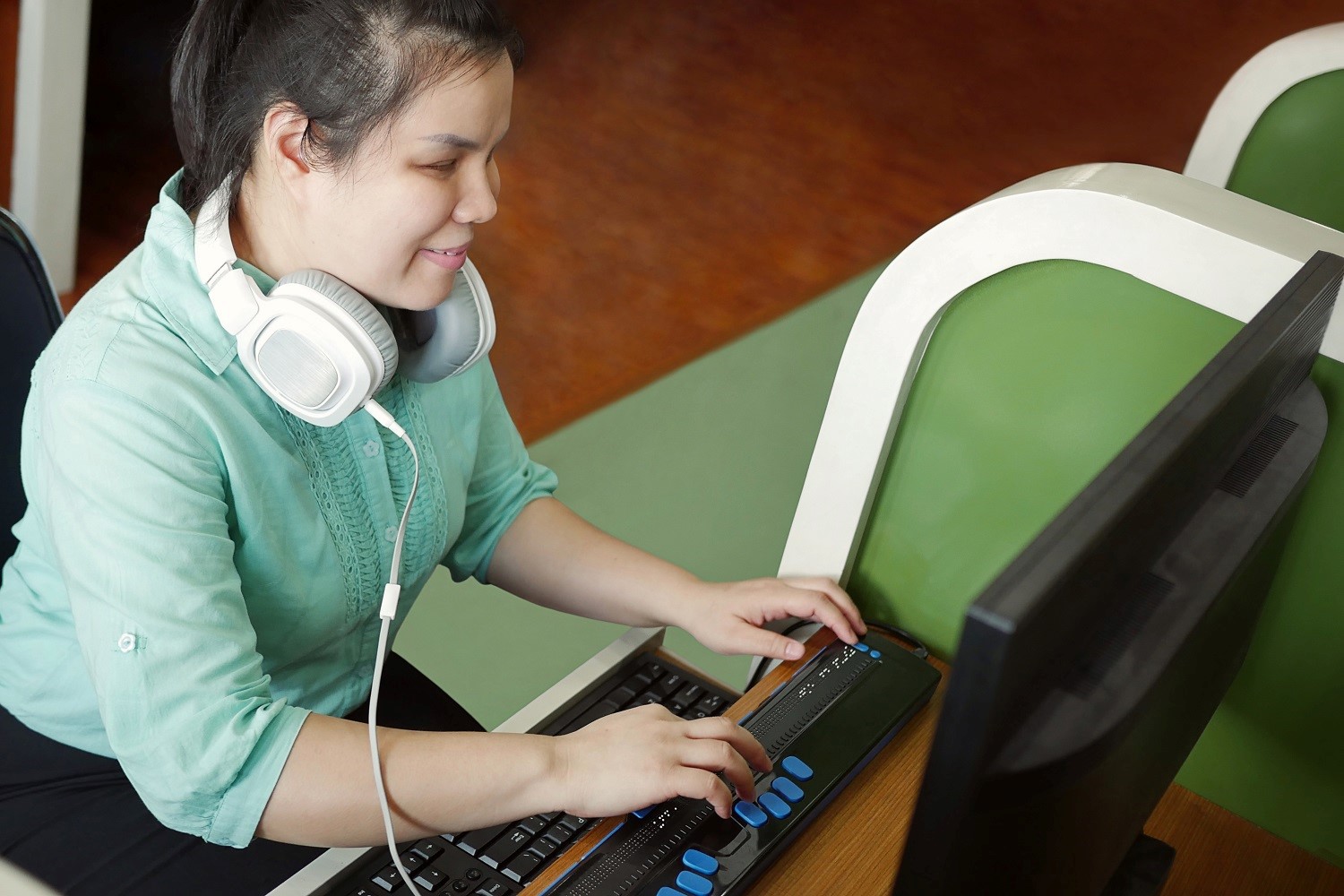NVDA Screen Reader

For persons with visual disabilities, accessing the outside world often requires accommodations, strategies, and technology. And while strategies and accommodations can be relatively easily put in place, lack of access to vision-correcting technology is still an issue for many individuals. The reason for this is simple: cost. For example, there are wearable devices for blind users that provide real time color and product information, face recognition, and more. This device, called the OrCam MyEye is an incredible piece of technology, but with a price tag of around $5,000, this technology is not affordable for everyone. So then that begs the question, what’s out there that is actually affordable for persons with visual disabilities?
NonVisual Desktop Access (NVDA) is a free, open-source screen reader for Windows that has been in development since 2006. If you are not aware, a screen reader is a piece of technology that helps individuals with visual impairments access and interact with digital content like websites or applications via audio or touch prompts. Users control what is read by moving the cursor to the relevant area of text with a mouse or by using the arrows on a keyboard.
NVDA’s speech synthesizer supports over fifty languages, and downloadable add-ons are available for those who wish to replace the original voice. The app even has the ability to convert text into braille for users with an attached braille display. And since the app is designed to be used by individuals with visual impairments, the installer talks users through the install process. Alternatively, for users with more pronounced vision challenges, NVDA can be run directly from a flash drive with no installation required.
It’s important to note that NVDA is a free alternative to an even more powerful and long-standing screen reader called JAWS. Considered the industry standard screen reader, Jobs Access with Speech was originally released in 1995. JAWS does the same job as NVDA but with more accuracy and a much greater degree of user control. Of course, that difference in capabilities is also reflected by the app’s price tag. There are a few different pricing options out there, but right now for the standalone, lifetime version of JAWS, the cost nearly $2,000.
To learn more about NVDA, including links to features and downloads, click here.
This post originally appeared on the AT Help Desk website.
Tags: assistive technology, AT HelpDesk, Atlantic Regional Office, New Brunswick



